New Balance, Saucony Vying For Soles of Military Recruits
Nearly every piece of gear that military recruits get when they show up for training is made here in the United States — but not their running shoes.
That is about to change, under a policy shift that could have big repercussions in New England.
After years of resistance, Pentagon officials conceded in April that recruits’ running shoes should be made domestically. The decision set off a race to mass-produce the first all-American-made running shoe in roughly two decades. And the two competitors to emerge so far are iconic Massachusetts brands: New Balance and Saucony.
This is a chase for the market share of a giant captive audience: The US military’s recruits go through as many as 250,000 pairs of running shoes a year.
Executives at New Balance, of Boston, and Lexington-based Saucony hope that, eventually, they can mass produce all-American shoes for civilians, as well.
RELATED ARTICLE: Military Bids Could Spur More Made in USA Shoes for Recruits[p][/p]
The Pentagon’s decision could translate into hundreds of new jobs at New Balance, Saucony, and their suppliers. About one-fourth of New Balance running shoes sold in North America already carry “Made in the USA” labels, although some parts, such as the midsoles, are made overseas.
New Balance’s owner, Jim Davis, makes domestic manufacturing a top priority: The company employs about 1,350 people at its five New England plants, one in Brighton, one in Lawrence, and three in Maine. It eventually bought a contraption that makes midsoles — a key missing link in its domestic supply chain — and installed the machine, which is the size of a school bus, at its Brighton plant about two years ago in anticipation of the military work.
For many years, New Balance has pinned its hopes on the Berry Amendment, a 1940s-era law mandating that the military buy recruits’ apparel and other gear from domestic manufacturers. The company already makes Berry-compliant shoes for the Postal Service, but the Department of Defense has argued that US manufacturers were not up to the task for running shoes.
New Balance executives have long disagreed. And they got some help in their efforts to change Pentagon officials’ minds from congressional delegations in Maine and Massachusetts. Representative Niki Tsongas, a Lowell Democrat, and then-Representative Mike Michaud, a Democrat from Maine, had championed a bill that would force the Pentagon to make American-made running shoes available for recruits.
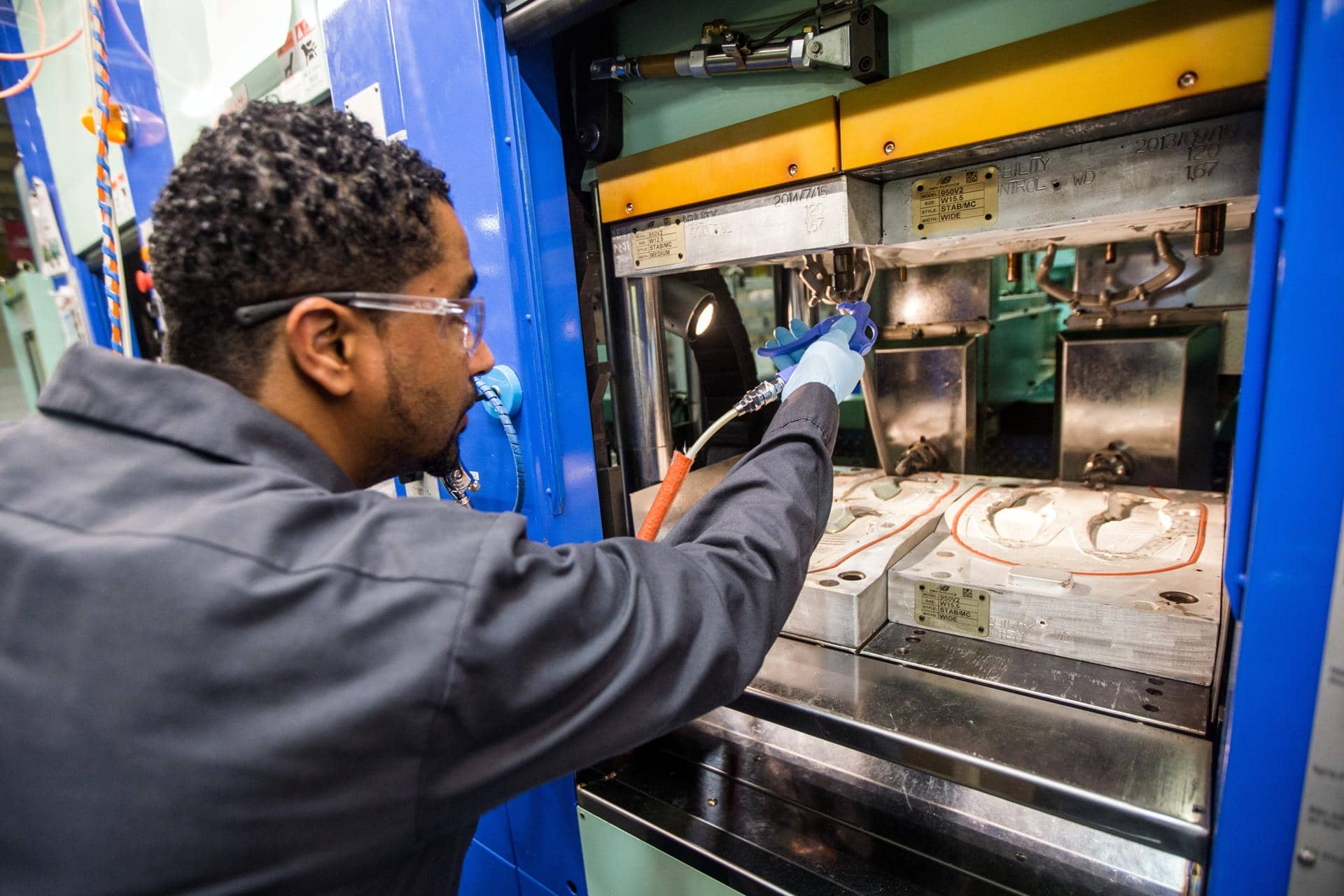
Lloyd Johnson put midsoles into a stabilization tunnel for New Balance. | Photo Credit: Aram Boghosian/Boston Globe
Their bill never made it into law. But the legislative pressure paid off: New Balance scored a key victory in April when a top Pentagon official ordered that recruits buy Berry-compliant shoes so long as they are comparable to the foreign-made shoes currently being worn. The defense agency requires that the domestic shoes pass a “wear test” first.
Eight months later, vice president Matt LeBretton said, New Balance is still waiting for a green light from the Pentagon that would signal its shoes are up to the military’s standards. He chalks up the delay to bureaucratic inertia and to possible lobbying by other shoe companies.
On Dec. 18, Maine senators Susan Collins, a Republican, and Angus King, an independent — more than 800 New Balance employees work in their state — wrote to the Pentagon to say that foreign-made shoes were put in the line for wear-testing ahead of the new domestic shoes. Their complaint: Defense officials should not test more foreign-made shoes because they will soon be replaced on the shelves of base stores.
The senators also sought a specific deadline for the testing of Berry-compliant shoes, to ensure they get to recruits as soon as possible. A spokesman said Pentagon is working with the senators to set up a meeting to discuss the issue.
Like most other running shoe companies, Saucony had moved all of its production overseas by the early 1990s, president Richie Woodworth said. Then Wolverine Worldwide came along. That company’s 2012 acquisition of Saucony — along with the affiliated shoe brands Stride Rite, Keds, and Sperry — played a crucial role in reversing the trend. That’s because Wolverine already makes footwear in this country, at a massive factory in Big Rapids, Mich.
The economics of making shoes in Asia are not as favorable as they once were, Woodworth said, in part because labor costs in China have grown significantly in recent years. He said that Saucony will use the lessons learned from the all-American shoes it has developed for the military to try to expand into production for broader retail sales.
The biggest challenge, he said, is a dearth of domestic suppliers that can provide components for shoes. Those suppliers largely disappeared when running-shoe manufacturing headed overseas.
But not all of them are gone. When and if it gets military clearance, the rubber tread on the bottom of Saucony’s shoes will be made at a factory in North Brookfield — the same place where New Balance will get its outsoles.
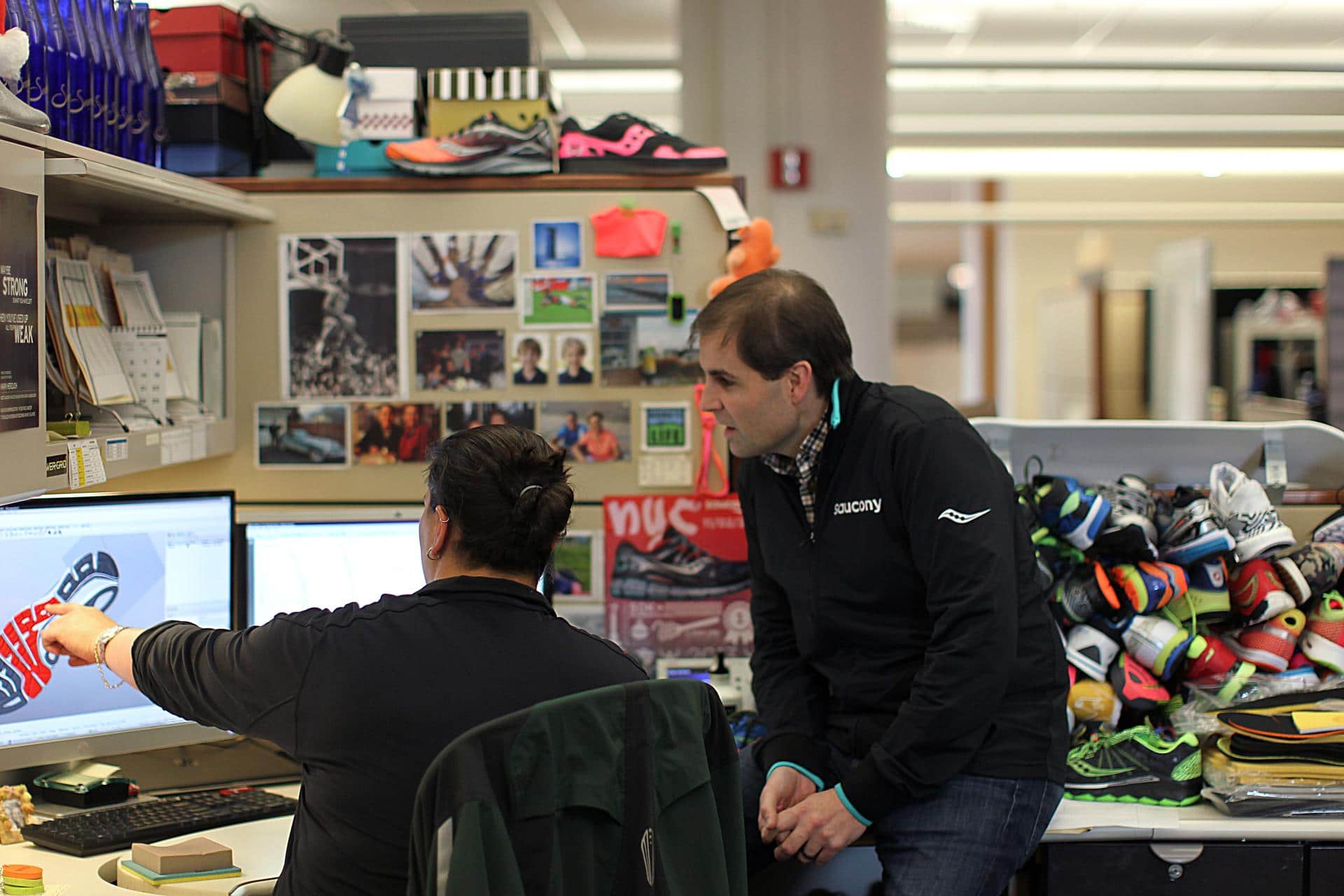
In Lexington, Andrea A. Paulson, director of product engineering, and Pat O’Malley, senior vice president, monitored running shoe design at Saucony. | Photo Credit: Suzanne Kreiter/Globe Staff
Quabaug Corp. employs about 260 people at that plant, where Wolverine also gets treads for many of its boots. Concord-based Vibram USA markets and coordinates the plant’s production work and puts its brand name on most of the treads made there.
Other New England companies are part of New Balance’s supply chain. There is a laminator in Newburyport, a manufacturer of shoelaces in Pawtucket, R.I., and a chemical company in New Haven.
Bill Ells, vice president of component sales at Vibram, said that about 125 footwear manufacturers remain in this country. Most are small and specialized: Ells said 20 of those companies make the vast majority of US-made shoes.
Ells said he hopes the Saucony-New Balance competition could spur job growth at the Quabaug plant.
More importantly, though, Ells said the race for the market share of military work should dispel the misconception that athletic footwear can no longer be made domestically.
Neither company can declare victory yet. They still face tough questions. Will they get buried under Washington red tape? Will other rivals step into the fray? Will mass-market manufacturing of athletic shoes prove to be too complex and expensive?
The executives at New Balance and Saucony know that the future of all-American manufacturing is uncertain. But they also know this truth, embraced by the most hardened of long-distance runners: The race goes not to the swift, but to those who keep running.

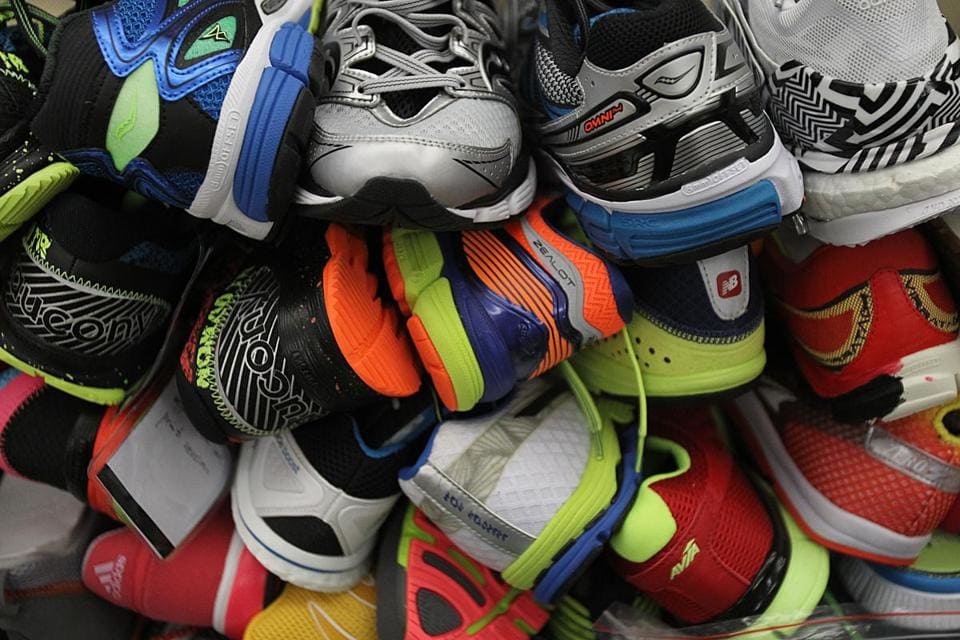
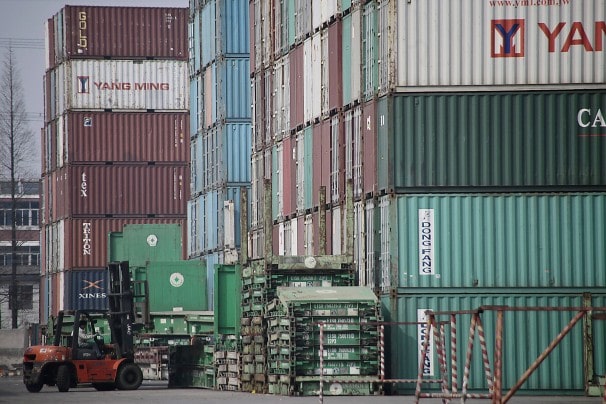
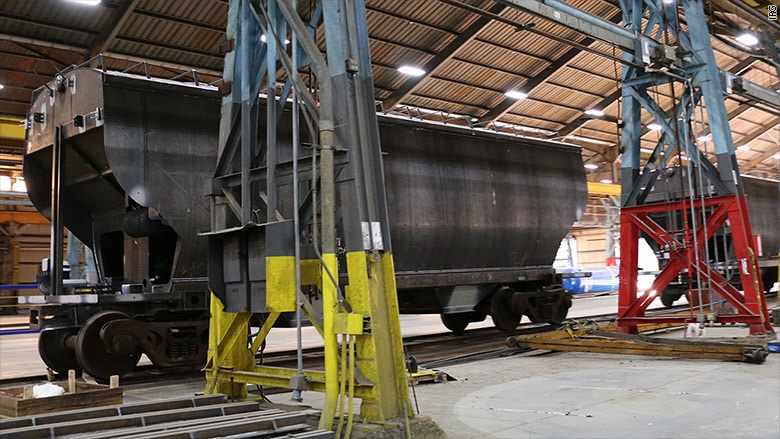
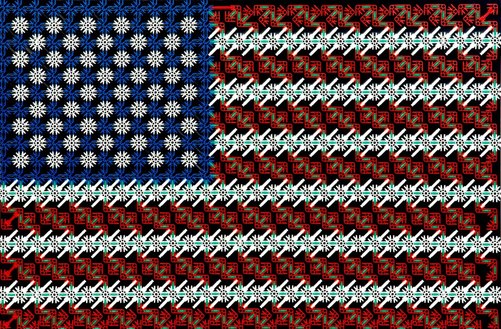
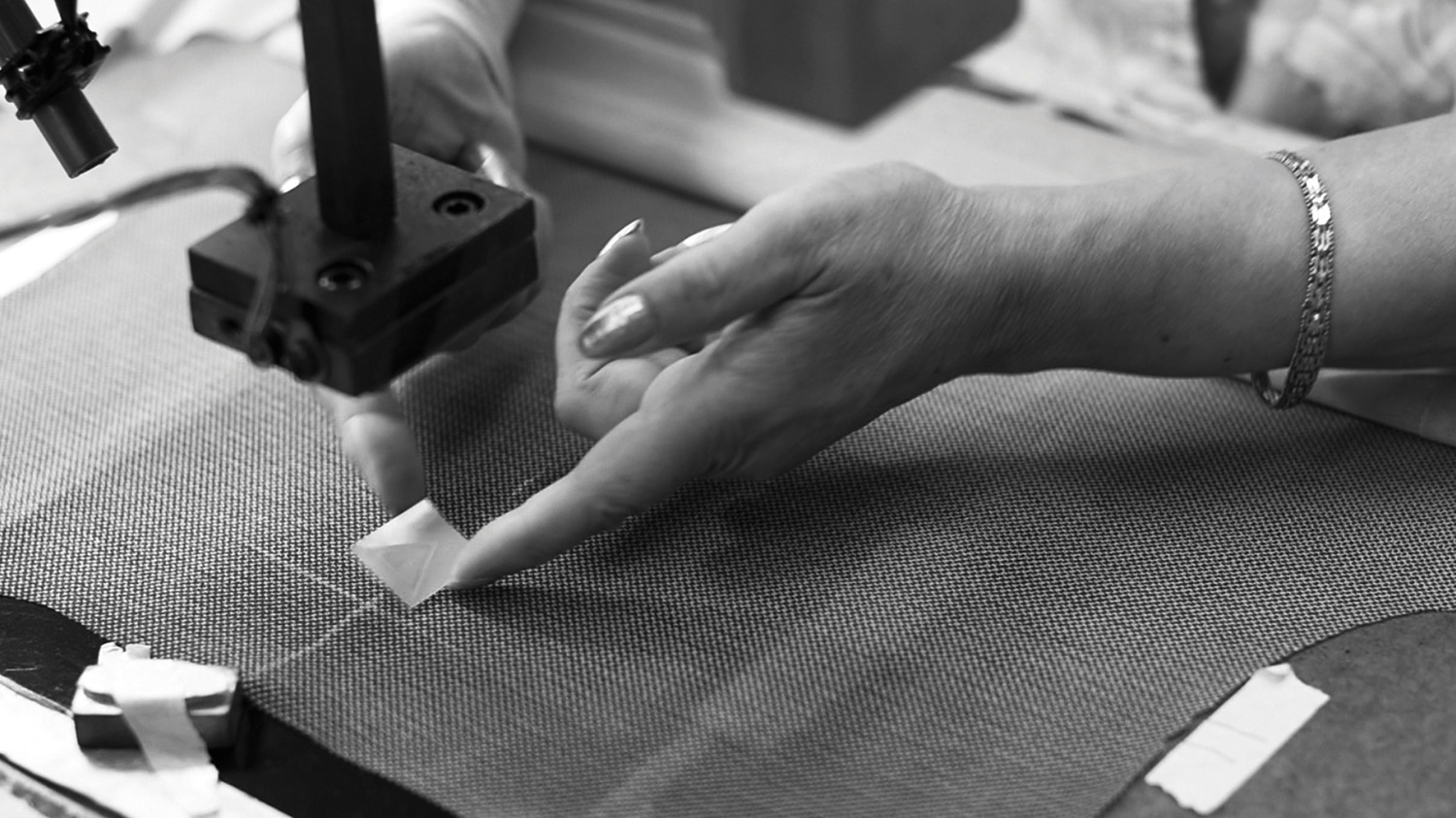


I hope and pray the government sees the value of made in America products.
If US can make the bombs it can also make sneakers-don't you think?
I wear both brands..and this article makes me happy…go USA!!! It's a struggle but I do try to buy American made whenever I can…it has even become a thing with my kids and grandkids….it's a good feeling to know that I even influence the little ones to buy USA made….but we still have a long way to go
Made in America is the way to go.